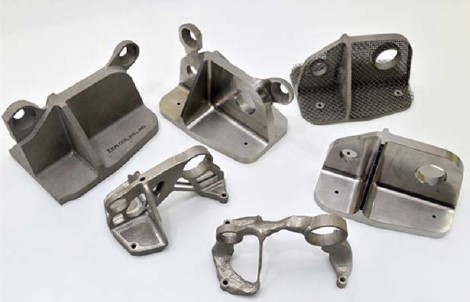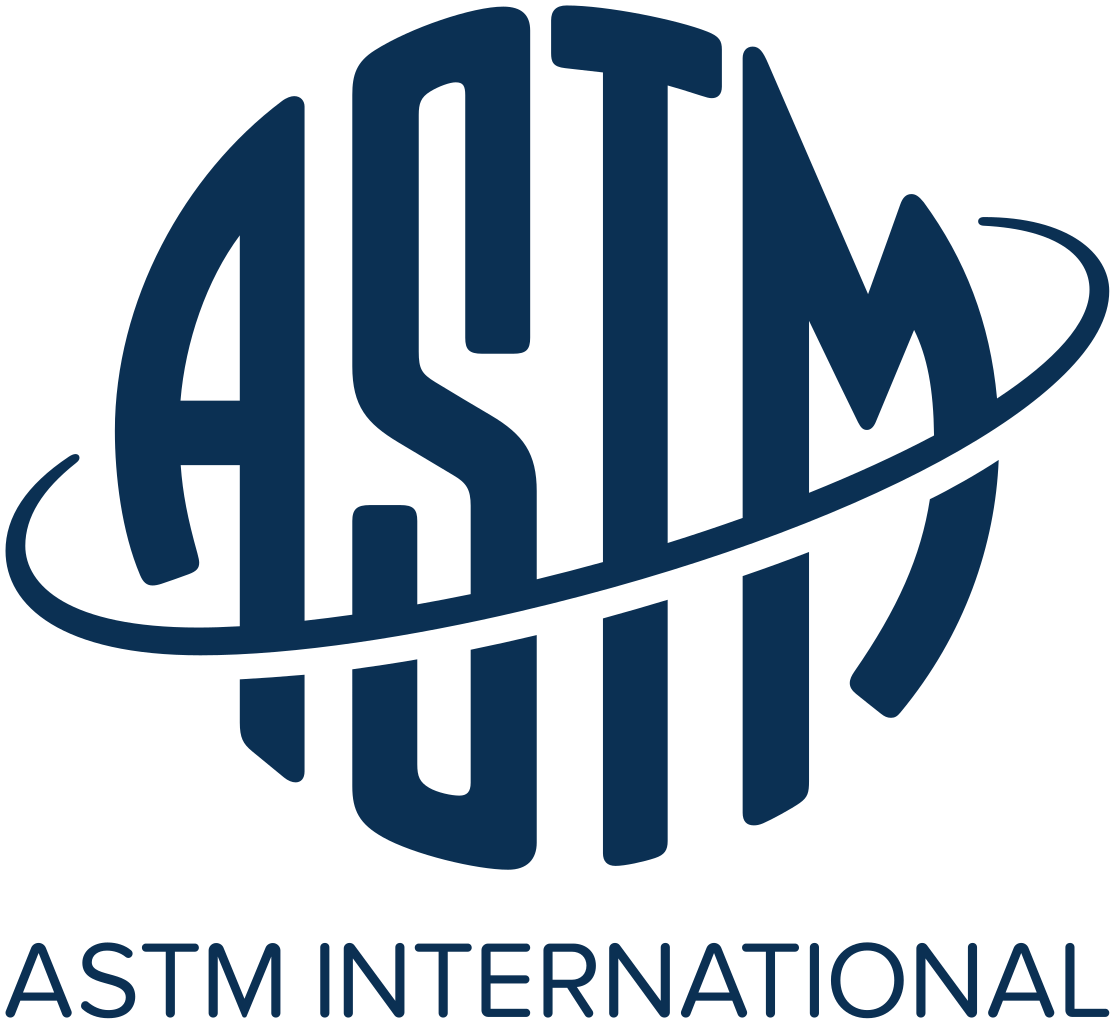


Example case study parts
Problem
Current qualification and certification (Q&C) methods of additive manufactured (AM) parts are primarily based on “Point Design” approach, whereby all engineering data are related to a single part number. These approaches are costly, and heavy on time and resources because multiple destructive testing routines are generally required to accommodate process changes. The application of a part family approach could allow for a reduction of the qualification burden through sharing data among AM parts presenting similarities.
Objective
The primary objective of this project was to define a route to using Family of Parts methodology, such that Q&C can be shared across a number of “similar” parts. The goal of the project was aimed at developing a best practice guide to enable the application of part family framework for AM Q&C, enabling similar parts to be qualified using shared/common material data and reducing both time and cost.
Technical Approach
The project team conducted an approach according to three main stages in order to enhance the America Makes network in three main stages.
The first stage was to define a ‘Knowledge Baseline’ to capture what has been done in the area of part families for AM and related technologies to date utilizing the extensive America Makes and AM CoE global network of experts to capture the state-of-the-art and build consensus in the approach. Results from this stage were utilized to develop an industry survey and were fed into stage two.
The second stage was to develop a best practice document to capture the output – this document is a basis on which future standards can be created. A case study served as an example of how the guidance can be applied to a real scenario. Information from the case study and additional industry feedback on the best practice draft was then fed into stage three.
The third stage was to review the output with the expert community to determine if the goals set had been achieved. To further these deliverables, a steering committee workshop was held to gain feedback to define the knowledge baseline, report the findings to the America Makes members, and enable knowledge transfer back to the experts who have supported the work.
Accomplishments
A comprehensive best practice document was successfully developed to guide the implementation of part family Q&C framework for AM parts. The provided guidelines are based, where possible, on consensus and input from industry experts engaged during several stages of this project. The document should support an organization to implement a qualification and certification route for a part family by defining the representative part of the family and setting the boundaries for the approach. A part similarity assessment framework was introduced to evaluate if AM parts can be considered potential members to be qualified within a specific part family. Furthermore, this project proposed a concept definition that has been continuously refined by engaging with industry experts. A pseudo case study application of the best practice document was developed to validate the guidelines since no actual industrial data could be found from the engagement with industry experts. Through this activity, an AM parts similarity assessment tool has been developed to evaluate the similarity of three brackets by applying the frameworks and the methods included in the best practice document. The tool demonstrates the possibility of implementing a functional assessment framework that incorporates the major concepts outlined in the best practice. An organization may implement this type of tool by setting quantitative assessment criteria, including costs and time factors, and utilizing their own internal data.
Project Participants
Project Principal

Other Project Participants
- NCDMM/America Makes
Public Participants
- U.S. Department of Defense
